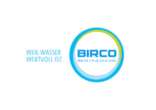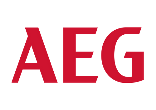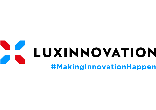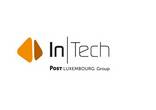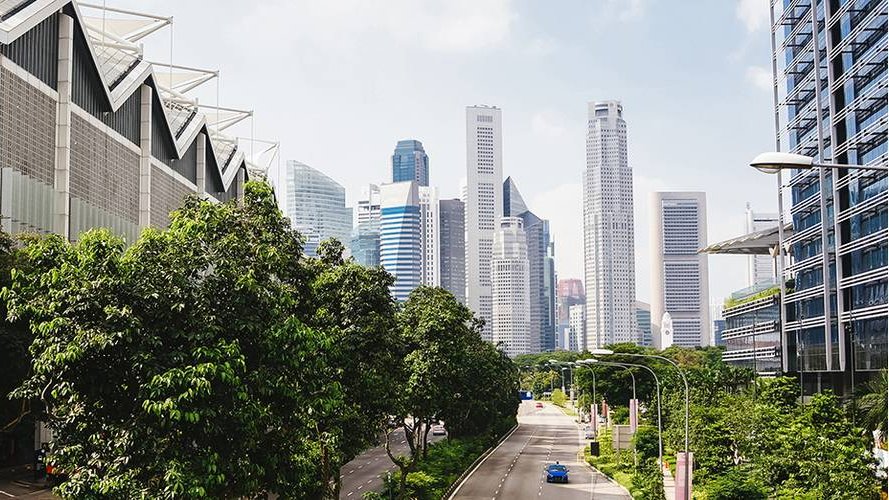
The smart city of the future
“Balancing the immediate needs of today without compromising the needs of tomorrow is at the heart of being a sustainable city” – Arcadis Sustainable Cities index.
The world’s urban population is set to increase by 2.5 billion by 2050, reaching two-thirds of the world’s population. Around 60% of the geographical area expected to be urban by 2030 has not yet been built, and the associated infrastructure investment is forecast to cost $3.7 trillion a year. The challenge for urban planners and policymakers is significant.
Meanwhile, current urbanisation patterns are clearly unsustainable. Many cities today suffer from environmental pollution, congestion, housing shortages and high crime rates. Services are often inadequate and overstretched, while city development has been haphazard.
Policymakers are increasingly recognising the problem, described in a section of the European Commission’s 7th Environmental Action Programme entitled Sustainable Cities : Working together for Common Solutions. The programme aims to ensure that European city-dwellers are living well, within the limits of the planet” and that …a majority of cities in the union are implementing policies for sustainable urban planning and design. The Commission is currently drawing up criteria to evaluate urban planning and development.
PILLARS OF SUSTAINABILITY
To date, policymakers have focused on three main pillars in seeking sustainable solutions for cities. The first comprises quality of life measures, which may involve finding creative ways to weave nature into overcrowded cities, building a city around its people rather than the needs of cars or business, or ensuring that buildings are ‘green’, with enhanced ventilation, and that cities are healthy places to live and work.
The second consideration is environmental, looking at energy consumption and addressing climate change. The impact of ’superstorms’ across the US, for example, has prompted urban planners to take action. For example, 84 cities worldwide have followed San Francisco’s lead in 2014 in appointing climate resilience officers.
Across the globe, city planners are looking at what role technology can play. There are tentative moves toward ‘mobility as a service’, integrating public and private transport into a single function in a city in which cars are shared, there is one payment for all types of transport, and apps to help users to find the best route. This should reduce congestion and pollution, while operating alongside initiatives such as the adoption of electric cars.
The final pillar is the economic health of the city, which may include elements such as ease of doing business, GDP per capita and digital infrastructure.
POPULATION CHALLENGE
While Luxembourg may not endure some of the immediate difficulties seen by developing nations, it does face ongoing challenges from environmental degradation and a burgeoning population. With this in mind, the Luxembourg government has made ‘Smart Cities’ one of its priority areas, directing funding to various initiatives designed to address some of the problems.
The authorities see a key role for big data. The Luxembourg Institute of Science and Technology (LIST) has been investing significantly in digital technologies for more than a decade, particularly the storage and exploitation of data related to the management of cities.
Luxembourg has established a partnership with France, Italy, and Spain in a high-performance computing project for Europe, and has a well-established digital infrastructure in areas including mobility, construction, energy and water management, facilitating the efforts of urban planners to develop sustainable solutions, and dedicated services for city management.
LIST’s work dovetails with that of its European partners. Its Nature4Cities project, for example, looks at reintroducing nature to cities - a new strategic priority under the European Framework Programme for Research and Innovation. It aims to encourage nature-based solutions to urban and societal challenges, such as green roofs and walls, urban forests, alternative stormwater management systems and urban agriculture.
Encouraging the use of electric vehicles is a vital step toward improving cities’ environmental characteristics and reducing carbon emissions. Luxembourg policymakers have targeted a national fleet of 40,000 electric vehicles by 2020, despite the challenges of encouraging adoption of such vehicles and creating the charging infrastructure to support them – complicated by the existence more than 150,000 daily cross-border commuters.
URBAN POLICY TOOLS
LIST’s CONNECTING project examines how the positive and negative environmental consequences of such policy actions should be assessed. It is designed to create an operational tool for the life cycle assessment of transport systems, enabling policymakers to judge the sustainability of various mobility options.
Its SUCCESS project has provided a set of software tools to urban decision-makers, as well as transport, logistics and construction companies, enabling them to assess the impact of various optimisation approaches on their planned construction projects, and obtain advice on their practical implementation.
Building the technological framework for better decision-making is a key aspect of LIST’s work, particularly in the energy and transport fields. LIST’s SECURE project will focus on the implementation of a GIS-based interoperable Smart Energy Cities and Regions decision-support platform for Luxembourg to explore options for renewable energy.
Its CleanMobilEnergy system aims to help manage energy effectively across districts, small cities or major metropolitan areas, while the BIMEET project, developed by LIST’s IT for Innovative Services department, brings energy efficiency to building management. It incorporates technology and expertise protected by a patent published this year as part of LIST’s asset portfolio.
Meanwhile, the MUV - Mobility Urban Values - project seeks to promote a behavioural change among inhabitants of 18 European cities, prompting them to adopt healthier and more sustainable mobility choices while providing urban mobility managers with data-driven solutions to improve their planning strategies.
Creating cities fit for the future will not happen by chance - technology will be vital to evaluate and build the best solutions. LIST’s goal is to equip policymakers with the tools to help create cities where people can live and work harmoniously.
In this regard, LIST will host the 10th International Symposium on the emergence of the Smart City to be held in Luxembourg from 5 to 6 March 2019. Offering perspectives on the transformation of management and public organizations by means of expert panels, scientific workshops and technology demonstrations, LIST aims to promote a culture of discussion and debate between researchers, public officials, private businesses and consultancies.
Communiqué par The Luxembourg Institute of Science and Technology (LIST)



